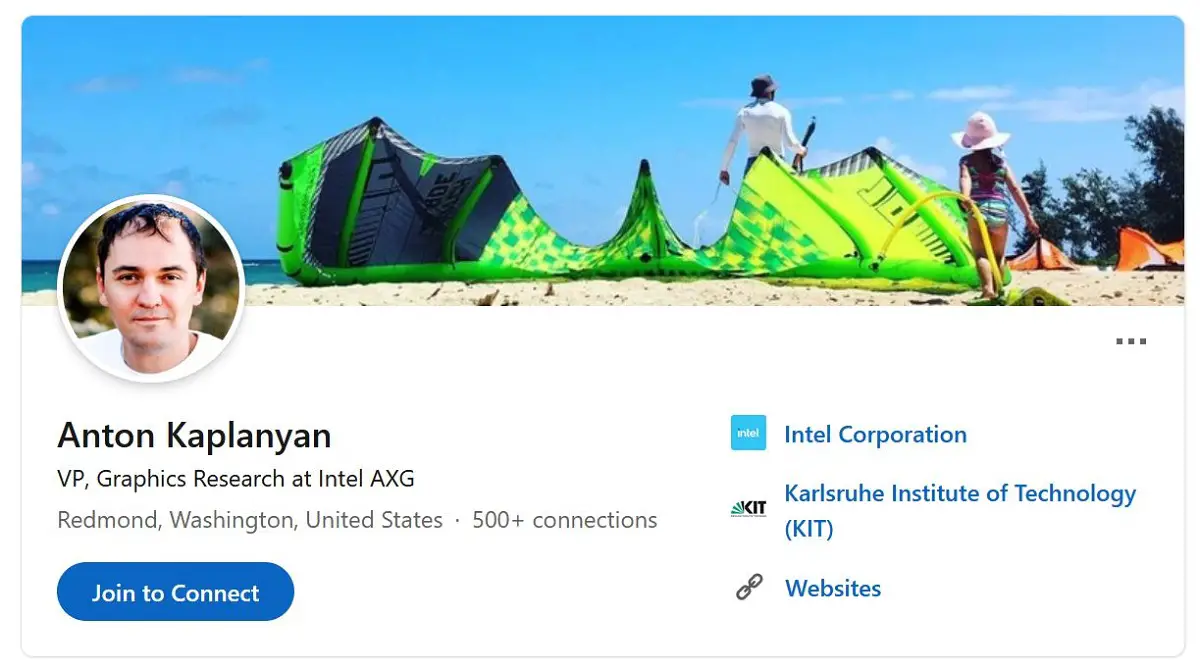Intel invites graphics technology expert, former NVIDIA research scientist that pioneered RTX/DLSS techniques
Nvidia’s DLSS is a technology that has attracted the attention of many players in the past two years. With AMD’s launch of FidelityFX Super Resolution (FSR) in June this year, the competition between the two parties has become more intense. At the end of this year or early next year, Intel will release the DG2 series of GPUs to return to the discrete graphics market, and the game graphics market will be very vibrant.
After AMD launched FidelityFX Super Resolution, Intel’s senior vice president, chief architect, and general manager of the architecture, graphics, and software division Raja Koduri expressed great interest. In the future, Intel may try to use this technology on the upcoming Xe-HPG architecture GPU. Having said that, Intel obviously has its own plans, and it is impossible to pin them on its competitors.

According to Wccftech reports, Anton Kaplanyan, the chief scientist of Facebook Reality Labs (formerly Facebook’s AR/VR department), has moved to Intel as the vice president of the graphics R&D department and will promote Intel’s deep learning super sampling technology (which Intel calls XeSS). The reason why this matter has received attention is related to Anton Kaplanyan’s resume. Before investing in Facebook, Anton Kaplanyan was a developer at NVIDIA.
According to Anton Kaplanyan’s introduction on LinkedIn, during his tenure at NVIDIA from April 2015 to May 2017, he is responsible for the research on the direction of ray tracing and deep learning super-sampling technology and has also published related papers, laying the foundation for the future technological development of NVIDIA. Earlier, Anton Kaplanyan also worked at Crytek.
Now Intel has recruited Anton Kaplanyan under his command, and it is clear that he hopes that he can use his strengths to create a stronger weapon for the upcoming challenges.





